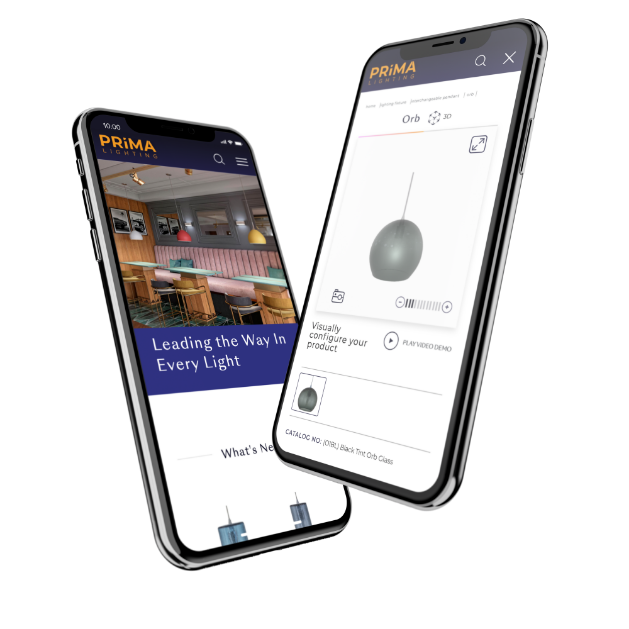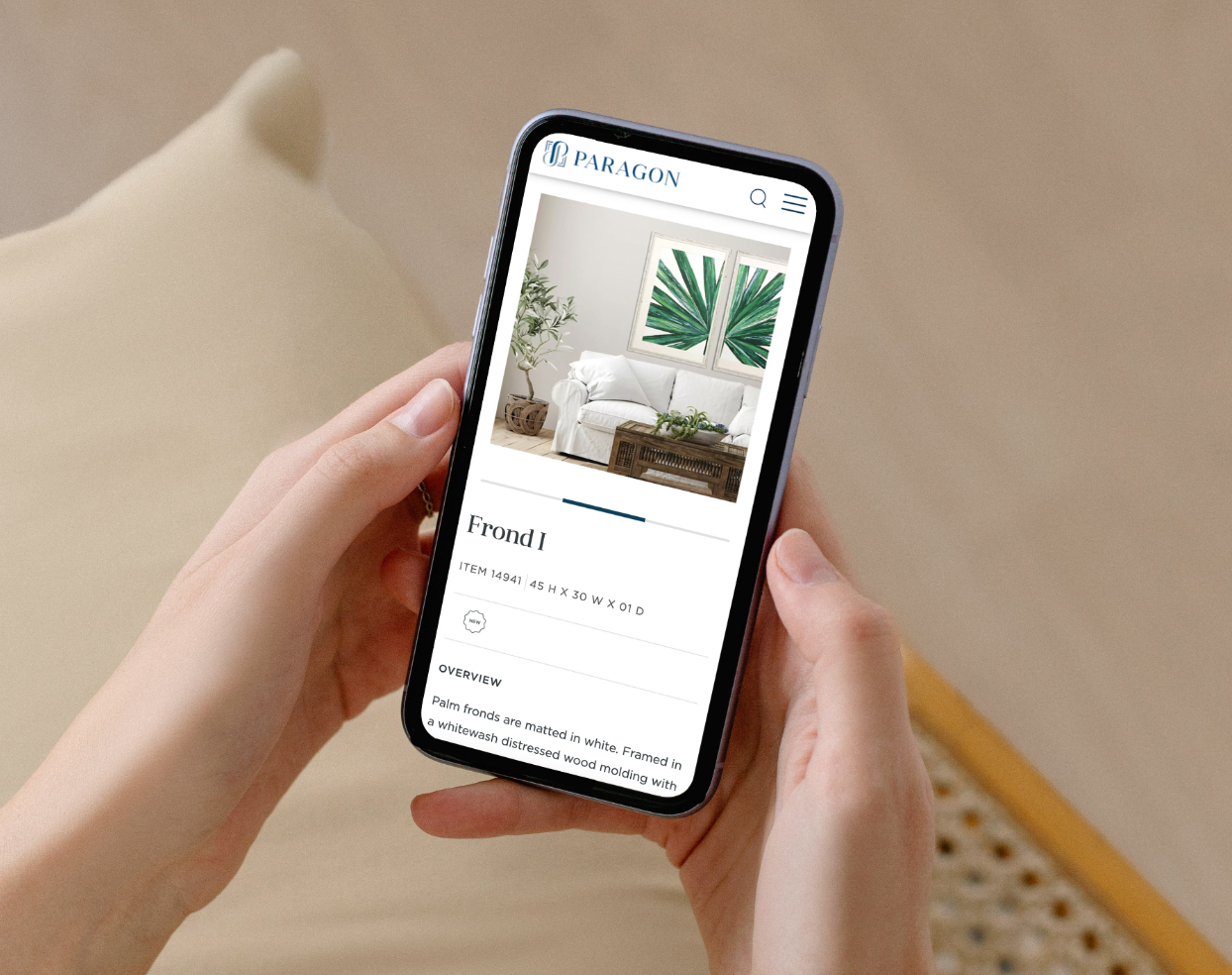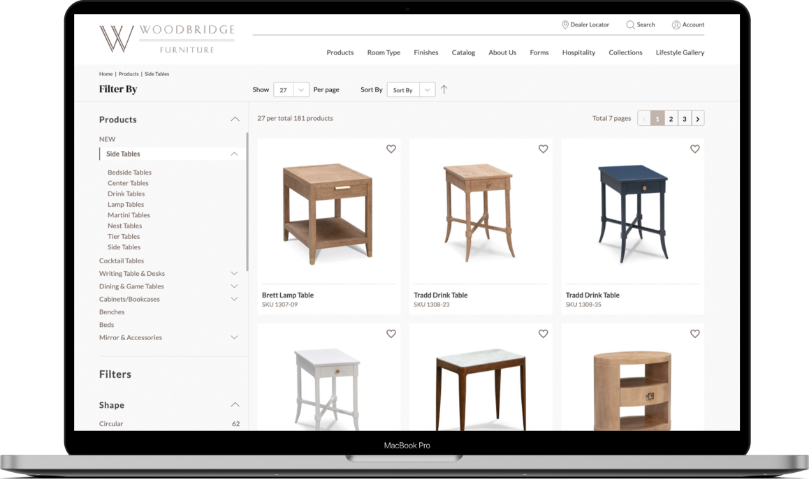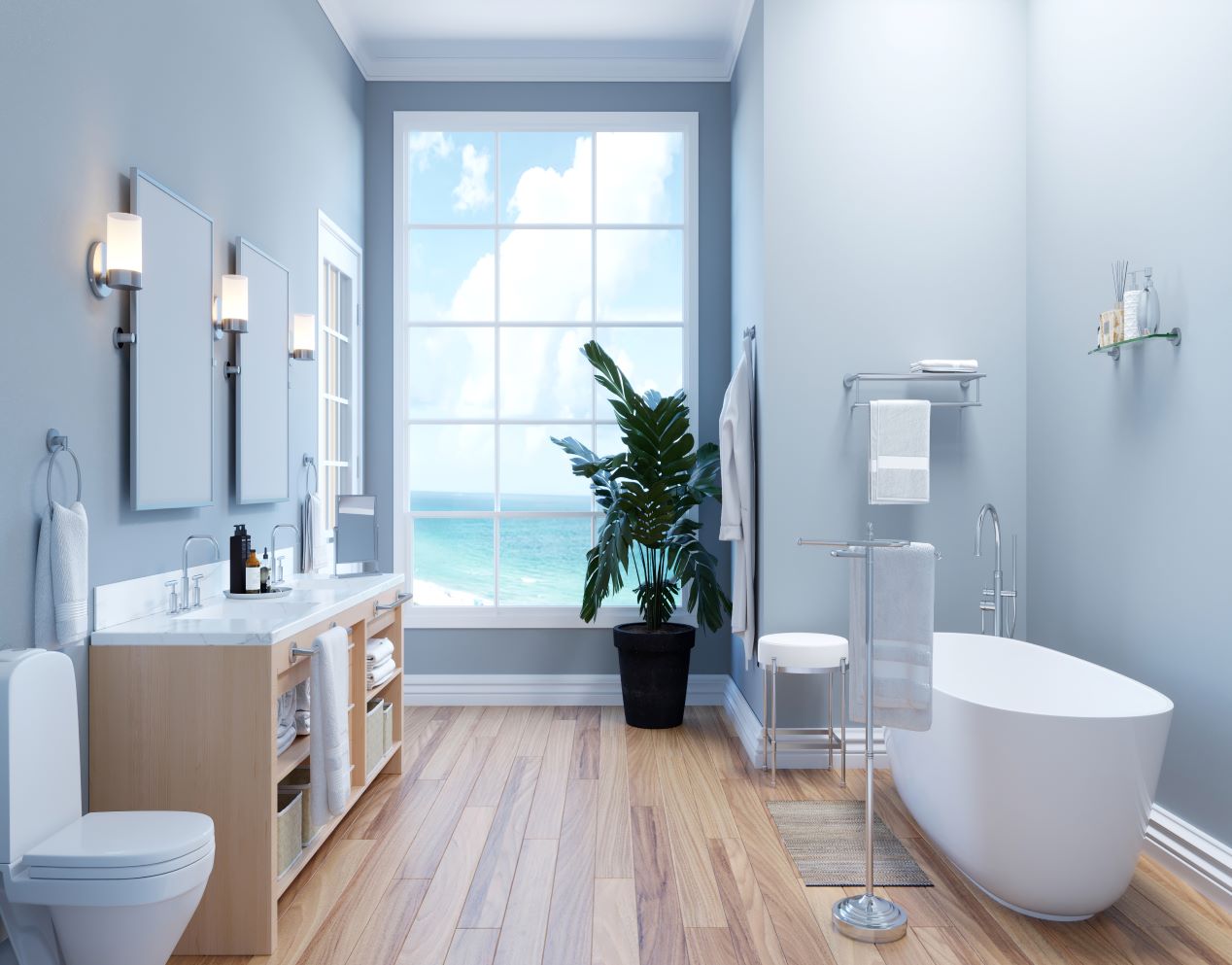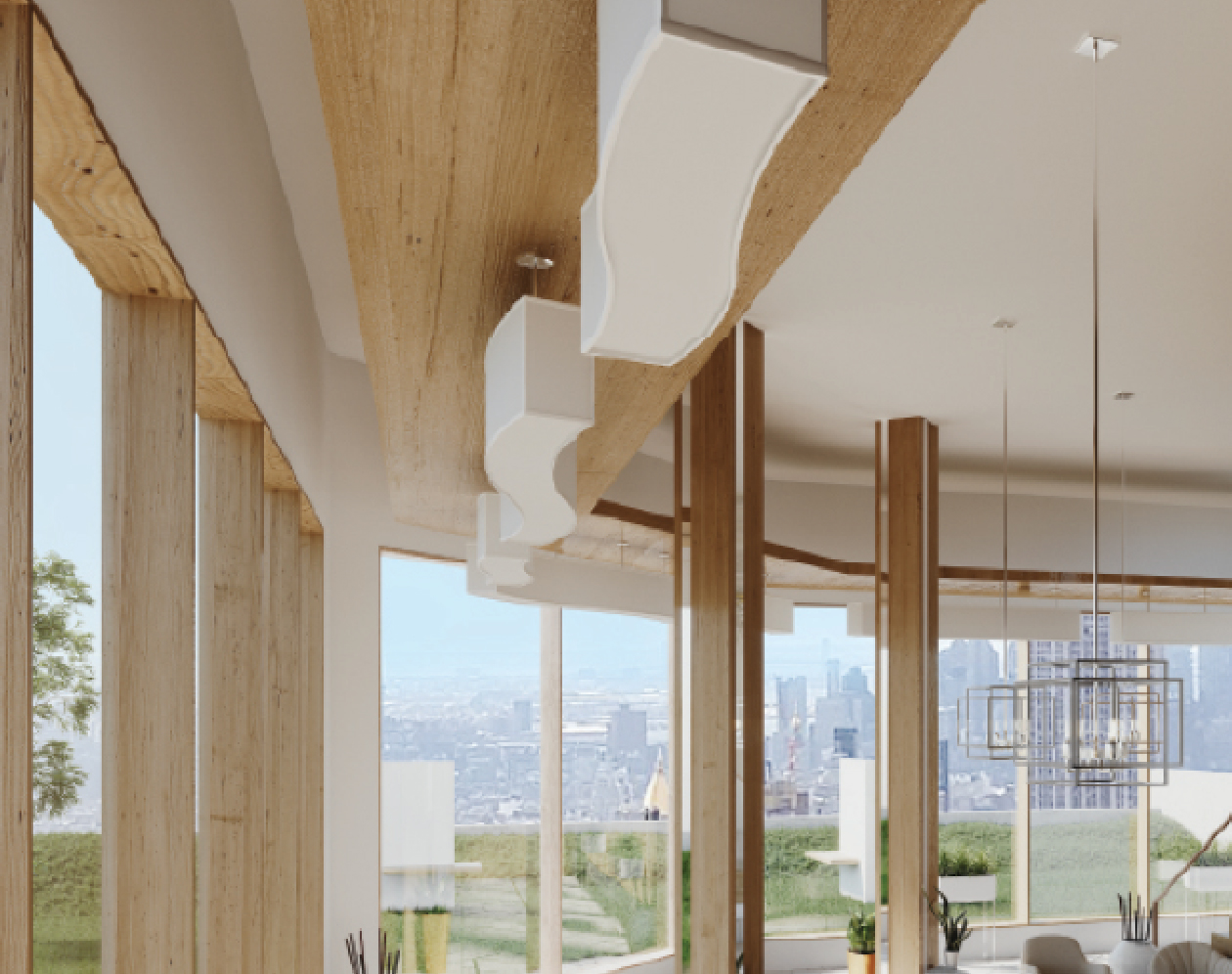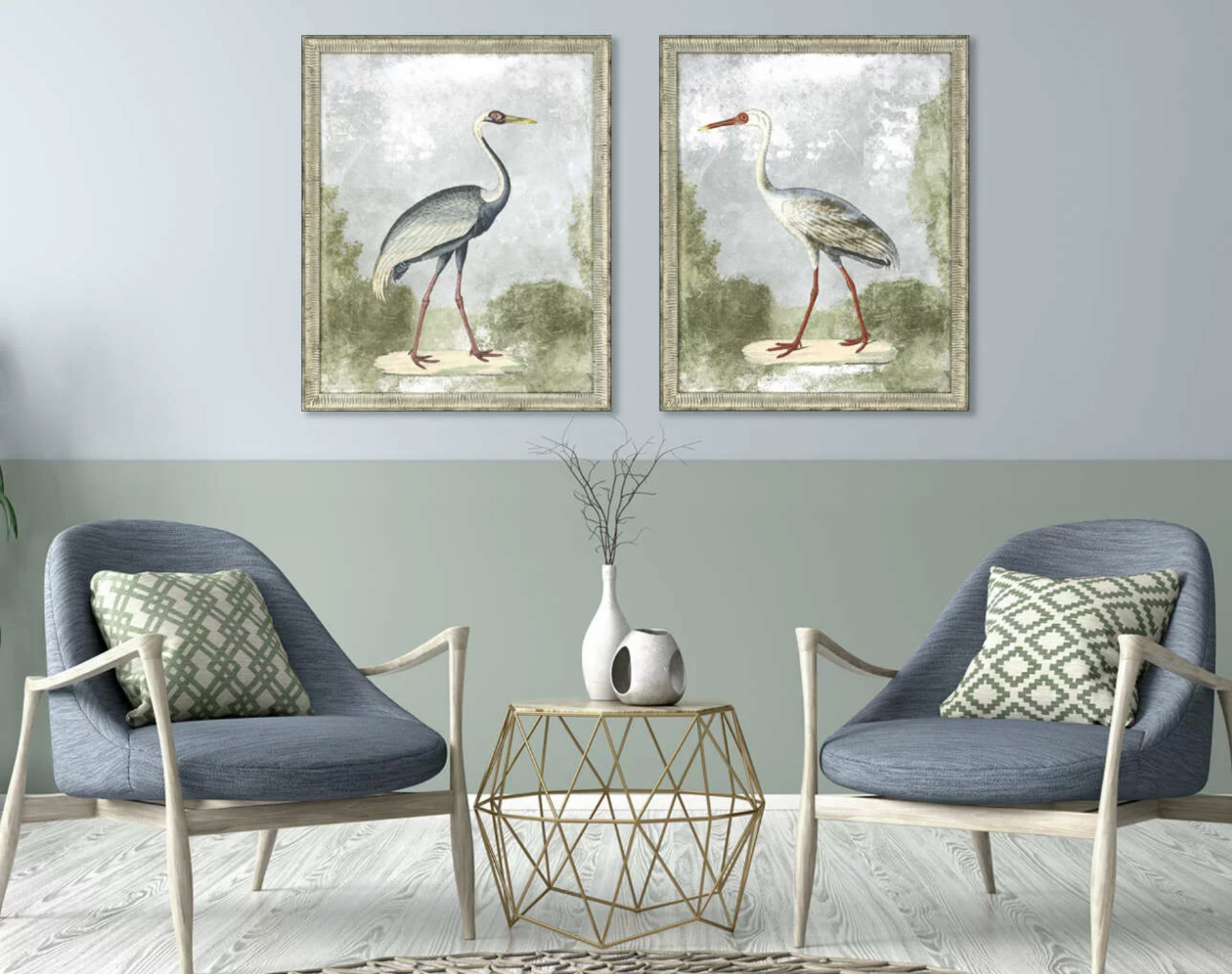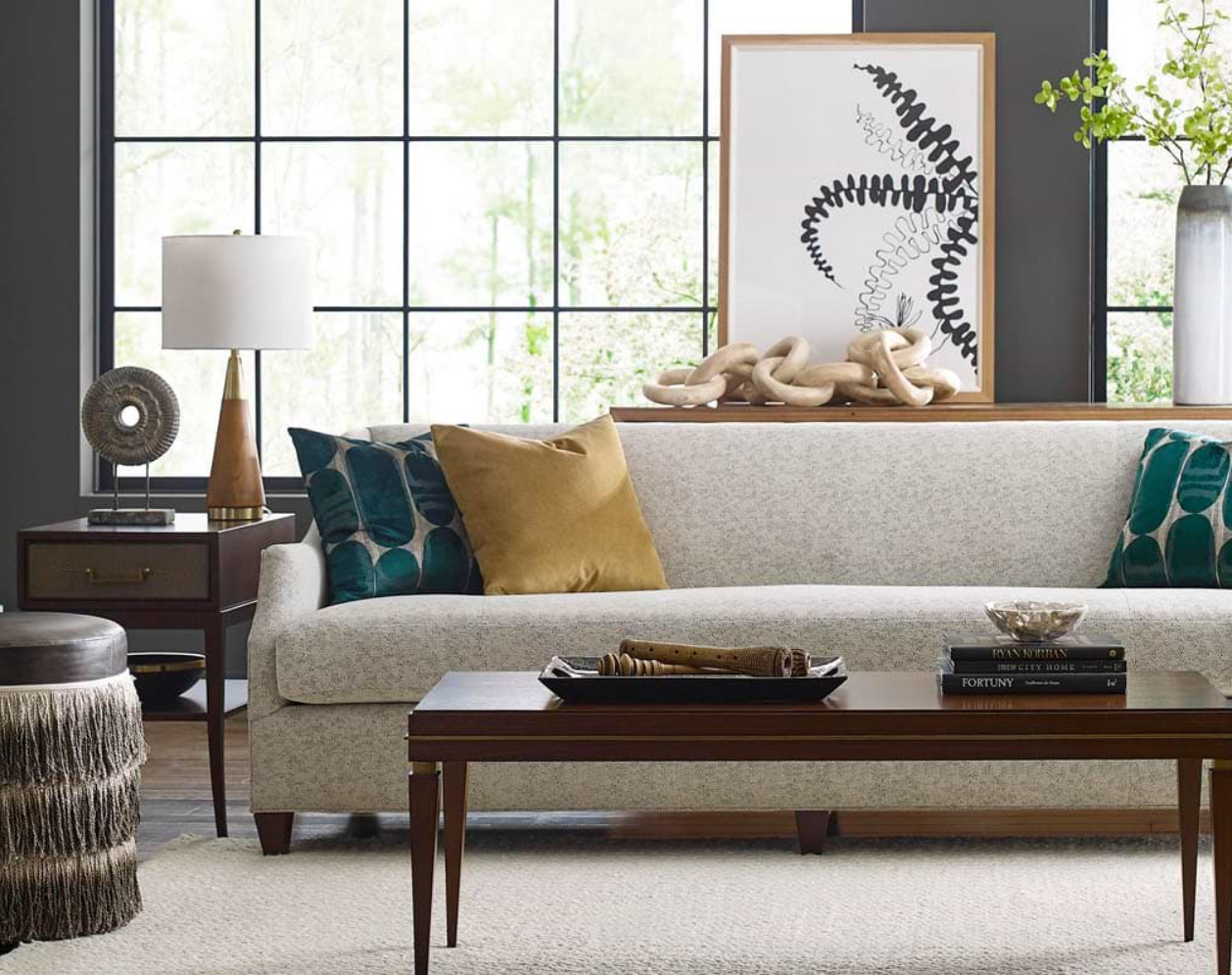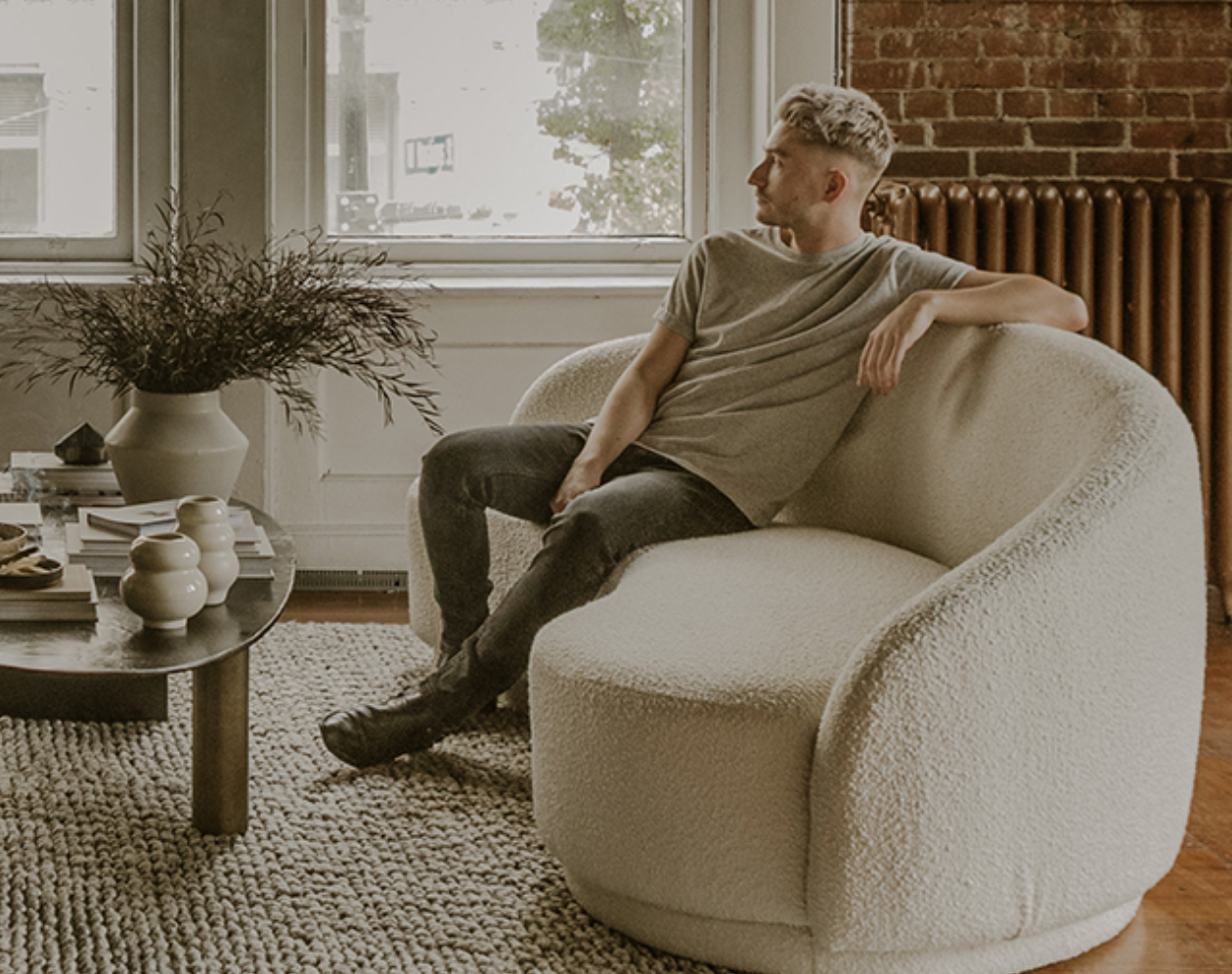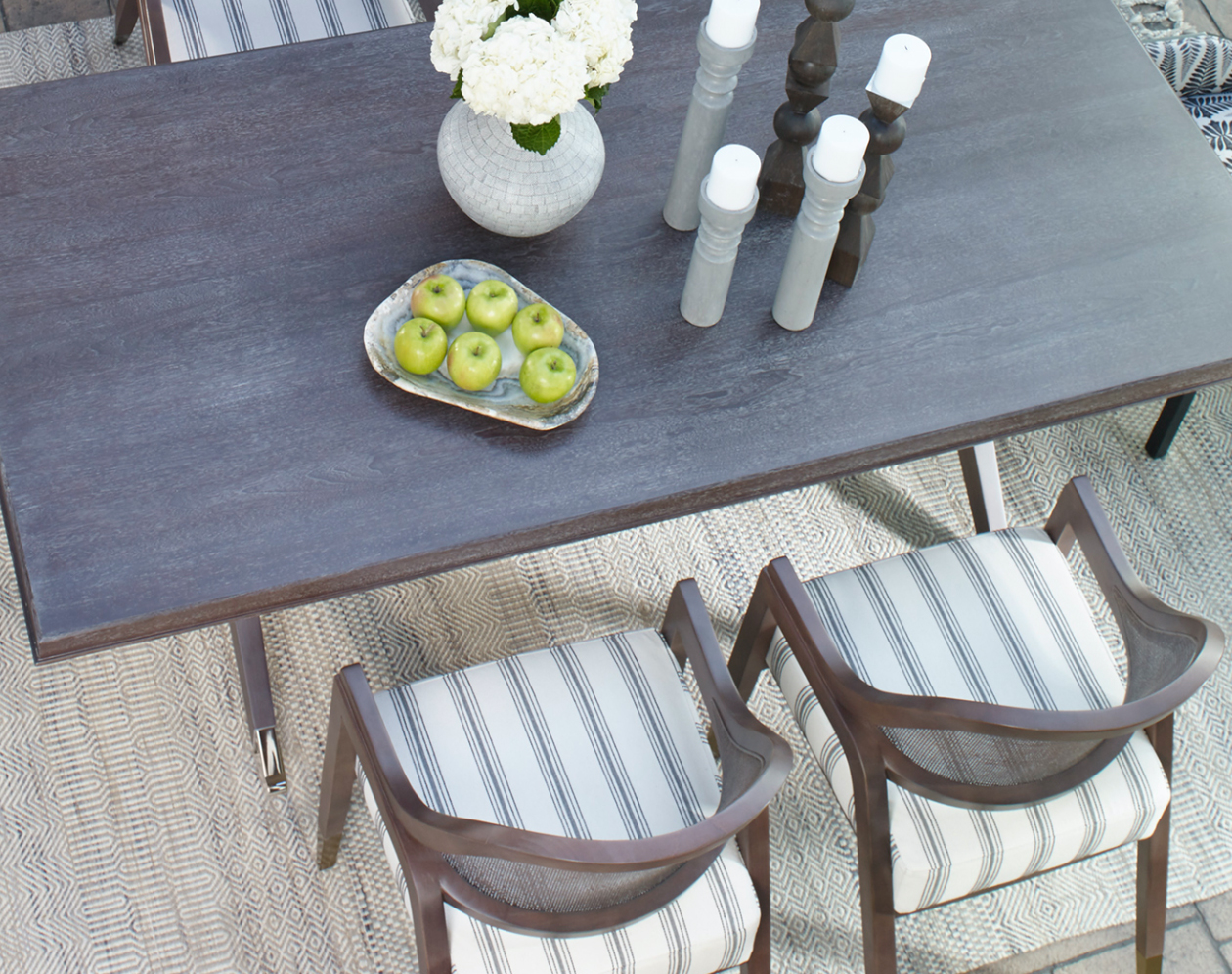Under the Hood
Jola PWA Accelerator is a codebase that redefines Magento’s out-of-the box features in PWA using React.
It also redefines the features most Magento developers are used to having out of the box such as Routing, Caching, the ability to pull CMS content and configuration.
Developers can easily create new functionality in React for Magento with the ability to easily connect the front end with the backend into a functioning module.
Components
Components
Reusability of components means faster development time
Upgrades
Upgrades
Easier upgrades to newer versions of PWA
Support
Support
Introduction of full MDBootstrap support
Self Contained
Self Contained
Revamped GraphQL system allows components to be self contained
